Many people most likely think that the most expensive substances in the world are platinum, gold and other elements used to make jewelry. Of course, these precious metals are far from the cheapest, but there are also more expensive materials. Their cost goes beyond the limits of the reasonable in view of the rarity, certain complexities of production and useful properties.
presents the most expensive substances in the world to date.
10
Rhinoceros horn Price 110 $ for 1 piece

Rhino horn opens the list of the most expensive substances in the world, the cost of which is about 110 dollars apiece. The high price for it is explained by its supposedly miraculous property to cure such a serious disease as cancer. The huge demand for the rhino horn today exists directly in Chinese medicine. But according to scientific data, he does not have any medicinal properties. Nevertheless, there is an active hunt for education on the body of rhinoceroses. In most cases, after the loss of the horn, the animal dies.
9
Cocaine Price 215 $ for 1 gram
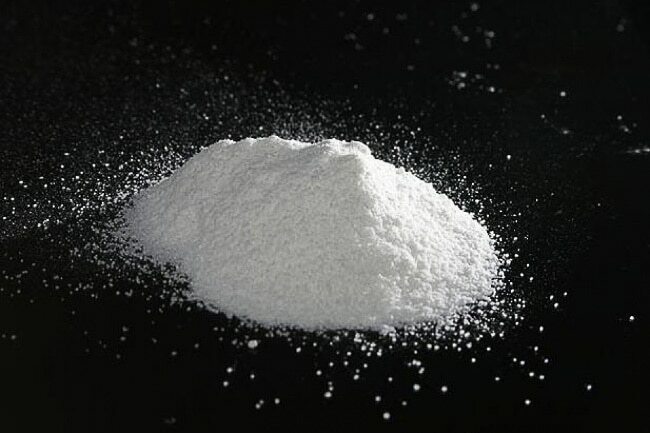
Cocaine is on the list of the most expensive substances in the world, the cost of which is estimated at 215 dollars per 1 gram. It is a methyl ester with an anesthetic effect. Cocaine is better known as a substance with a narcotic effect. Until the 20th century it was widely used for medical purposes as an anesthetic. Currently, cocaine is a serious socio-economic problem, as it is widely used as a drug. Every year, people around the world consume up to 75 tons of narcotic substance. It is found in plants of the genus Erythroxylium, directly in coca bush.
8
Plutonium Price 4 000 $ per 1 gram
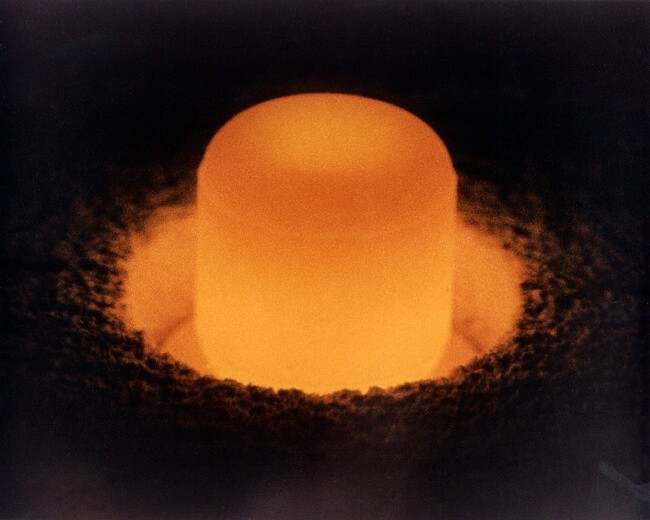
One of the most expensive substances in the world is plutonium .A heavy fragile radioactive element of silvery-white color has found application in the production of nuclear weapons, nuclear fuel for nuclear reactors, and also as a source of energy for space vehicles. The first created nuclear bomb in the world, which was tested in the US in 1945, contained about 6 kilograms of plutonium. For the first time plutonium was discovered in 1934 by the Italian physicist Enrico Fermi and his colleagues at the University of Rome. To date, 1 gram of substance is estimated at 4 thousand dollars.
7
Peynit Price $ 9,000 per gram
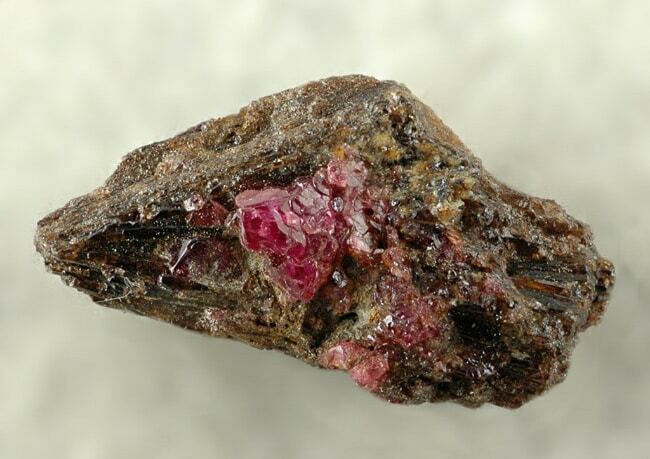
The Peynin is on the seventh place in the list of the most expensive substances in the world. Mineral from the class of borates was first found in 1956 in Myanmar, the city of Mogok. Its name was given in honor of its discoverer Arthur Payne, a British mineralogist. It has a color from ruby-red to brown-orange. For a long time, only three minerals were known, and then their number increased to 25. In 2006, another deposit of peynite in Myanmar was discovered, but the stones found were of lower quality. Peinite is listed in the Guinness Book of Records as the world's rarest mineral. Its price for 1 gram can reach 9 thousand American dollars.
6
Taaffeite Price $ 20,000 per gram
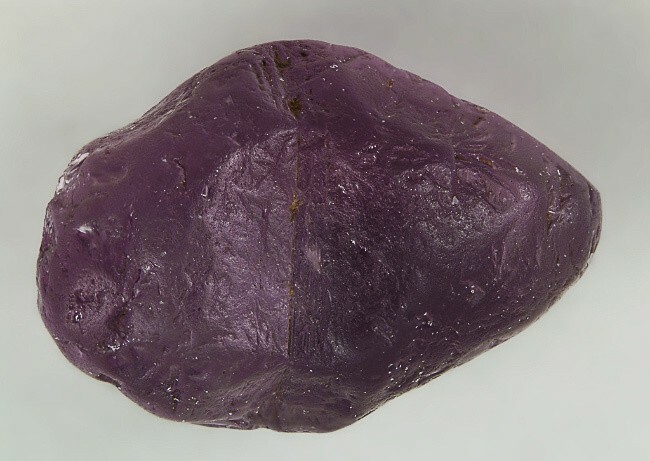
Taaffeite is one of the most expensive substances in the world. It is a very rare mineral that is used exclusively as a precious stone. In 1945, he was accidentally discovered by Count Richard Taaffe, after whom he was named. Taaffeite has a lilac color. The cost of a rare jewelry can reach 20 thousand dollars per 1 gram.
5
Tritium Price 30 000 $ per 1 gram
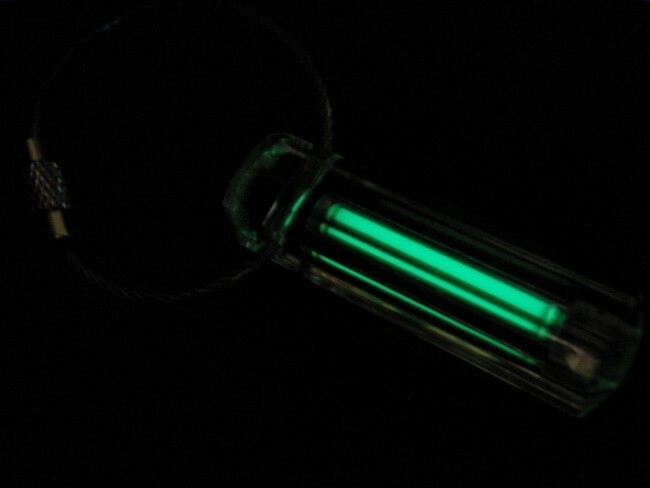
Tritium takes the fifth place in the list of the most expensive substances in the world. It is a superheavy hydrogen that can form in nature in the upper layers when particles of cosmic radiation collide with nitrogen or the nuclei of atoms of other substances. Tritium was discovered in 1934 by British scientists Ernest Rutherford, Marcus Oliphant and Paul Hartek. The radioactive isotope of hydrogen has found application in biology and chemistry, and is also used as a source of illumination. The production of 1 kilogram of tritium is spent $ 30 million. Accordingly, 1 gram of substance costs 30 thousand dollars.
4
Diamond Price 400 000 $ per 1 gram
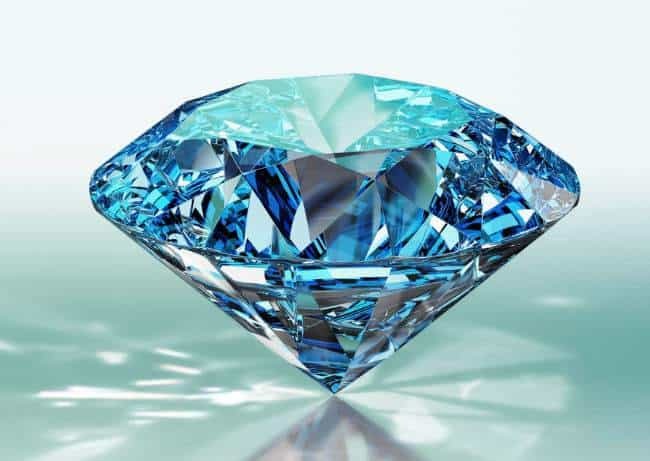
Diamond is on the list of the most expensive substances in the world. It is made from diamond with the help of special cut. The cost per 1 gram of gem can reach up to 400 thousand dollars. By processing the diamond is given a special shape, which maximizes its natural shine. When evaluating the cutting of a stone, first of all, its quality is taken into account: the faces must be geometrically exact and proportionate. The better the quality of the cut, the higher the price. The color of the diamonds varies from colorless to yellow. Also, there may be blue, blue, green and pink stones.
3
California 252 Price 27 million dollars per gram
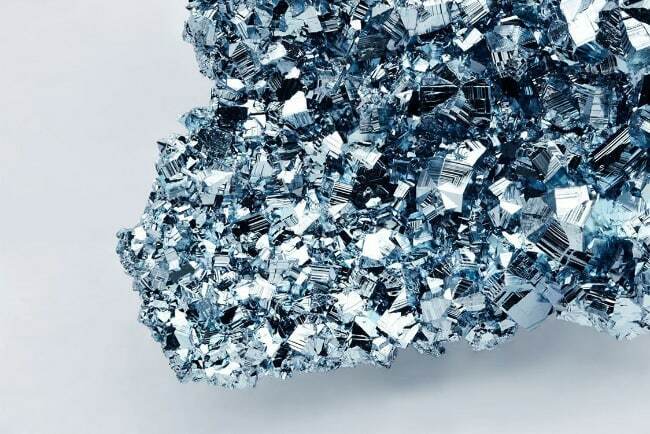
California 252 opens the top three most expensive substances in the world with a cost of 27 million dollars per 1 gram. The radioactive chemical element was created artificially in 1950 by a group of American chemist and nuclear physicist Glenn Theodor Seaborg. California is produced exclusively in Russia and the United States. The isotope is used in radiotherapy, as well as in experiments to study spontaneous fission of nuclei. In a year only 30-40 micrograms of this element are produced. The half-life of California 252 is 2.5 years.
2
Americas Price $ 56 million per 1 gram
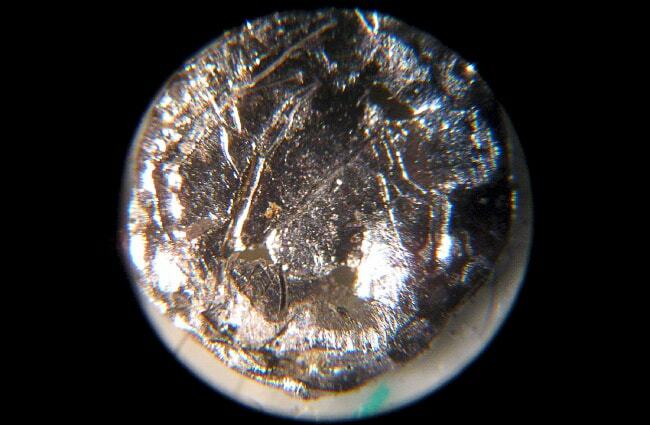
Americium is one of the most expensive substances in the world, the cost of which is estimated at about 56 million dollars per 1 gram. It is a transplutonium metal created by artificial means. The period of its half-life ranges from 433 to 8000 years. America is used in the manufacture of various instrumentation and research instruments. In addition, the metal is used to remove electrostatic charges from paper, synthetic films and plastics. At the same time, americium is a highly toxic element. In the future, it is assumed that americium is used for nuclear reactors on interplanetary spacecraft.
1
Antimatter Price 62.5 trillion dollars per gram
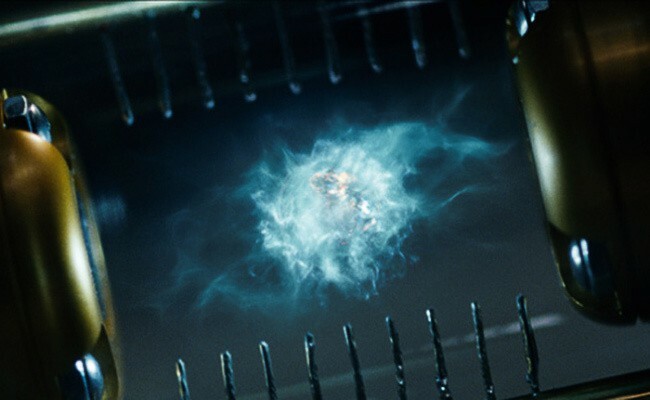
Antimatter or antimatter is the most expensive substance in the world at a cost of 62.5 trillion dollars for 1 gram. A milligram of substance costs about 25 million dollars. Antimatter can theoretically be used as fuel for spacecraft. Approximately 1 ton of antimatter could cover all the energy needs of the whole world. But its manufacture is very problematic and requires huge financial costs. So, for example, for production of 1 gram of antimatter it will take a whole year, provided that in the works all humanity will be involved. In addition, antimatter can not be stored in anything: when meeting with ordinary matter, positrons explode, turning into light.



